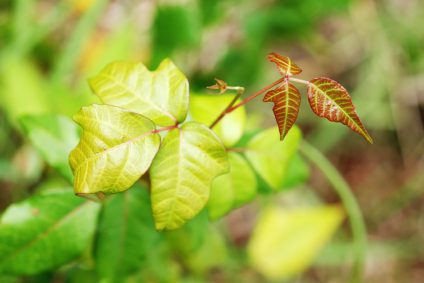

Posted On:
Category: Commercial Lawn Services / Residential Lawn ServicesCategory:
Alternative Earthcare has developed this quick fact page to help you identify poison ivy, understand why the rash develops, and how to treat it.
About Poison Ivy
At Alternative EarthCare we are your landscape experts who care. We specialize in creating and maintaining beautiful lawns and Long Island landscapes. From Nassau through Suffolk’s East End, our organic lawn care services are here for you. We’ve developed this quick fact page to help you identify poison ivy, understand why the rash develops, and how to treat it.
How to Identify Poison Ivy
If you are struggling to identify poison ivy as its appearance changes through the seasons, contact us to help you! We provide free estimates and evaluations and can determine if there is poison ivy on your property and develop solutions to get rid of poison ivy for good.
In the summer poison ivy appears reddish green or green, with three shiny leaves. In the spring the leaves appear red. Poison ivy has no thorns on its stem. There are sharp notches on the leaves. The leaves are usually very shiny. If left to grow large white colored berries can grow on poison ivy.

Why Poison Ivy Causes a Rash
Poison ivy is a pest of a plant, causing an irritating rash in some and dangerous allergic reactions in others. The rash develops from a skin reaction to the poison ivy plant’s urushiol oil. Sadly, not many people are really “immune” to poison ivy, as with increased exposure people’s immune system is weakened to it. So if you never got it as a child there is still a high probability that as an adult your body will react to the poison ivy plant with a nasty rash.
Tips for Treating a Poison Ivy Rash
- At first contact or when you notice the rash wash your skin off with lukewarm, soapy water.
- Do not scratch the rash as it can cause the rash to spread and/or cause an infection.
- Apply hydrocortisone cream or calamine lotion to the rash.
- Apply cold compresses to the itchy area to alleviate the itch and reduce swelling.
- Taking antihistamine pills may help reduce the itching.











